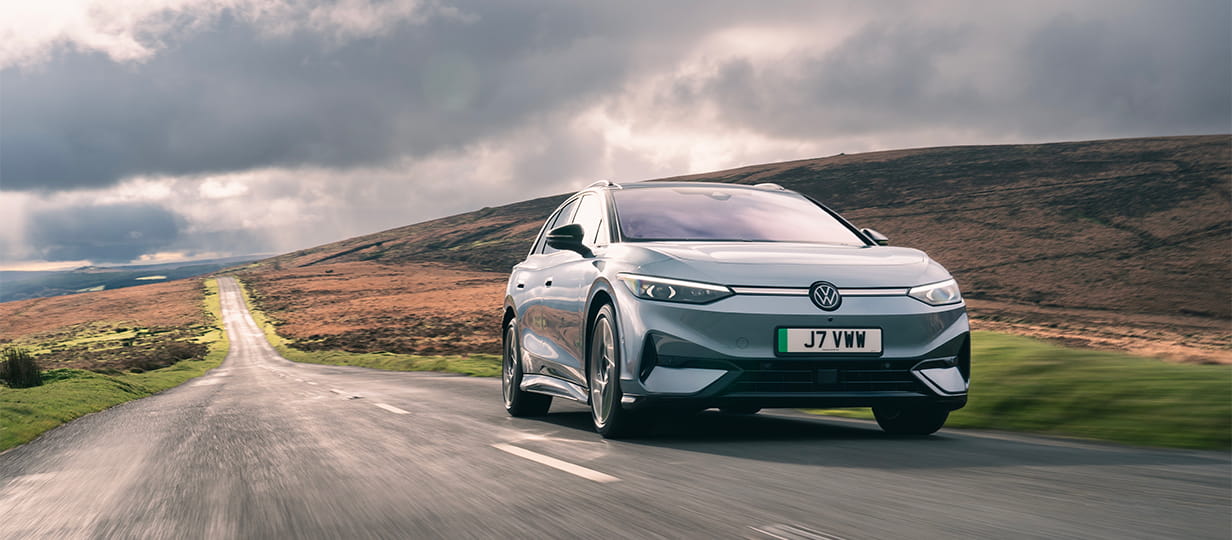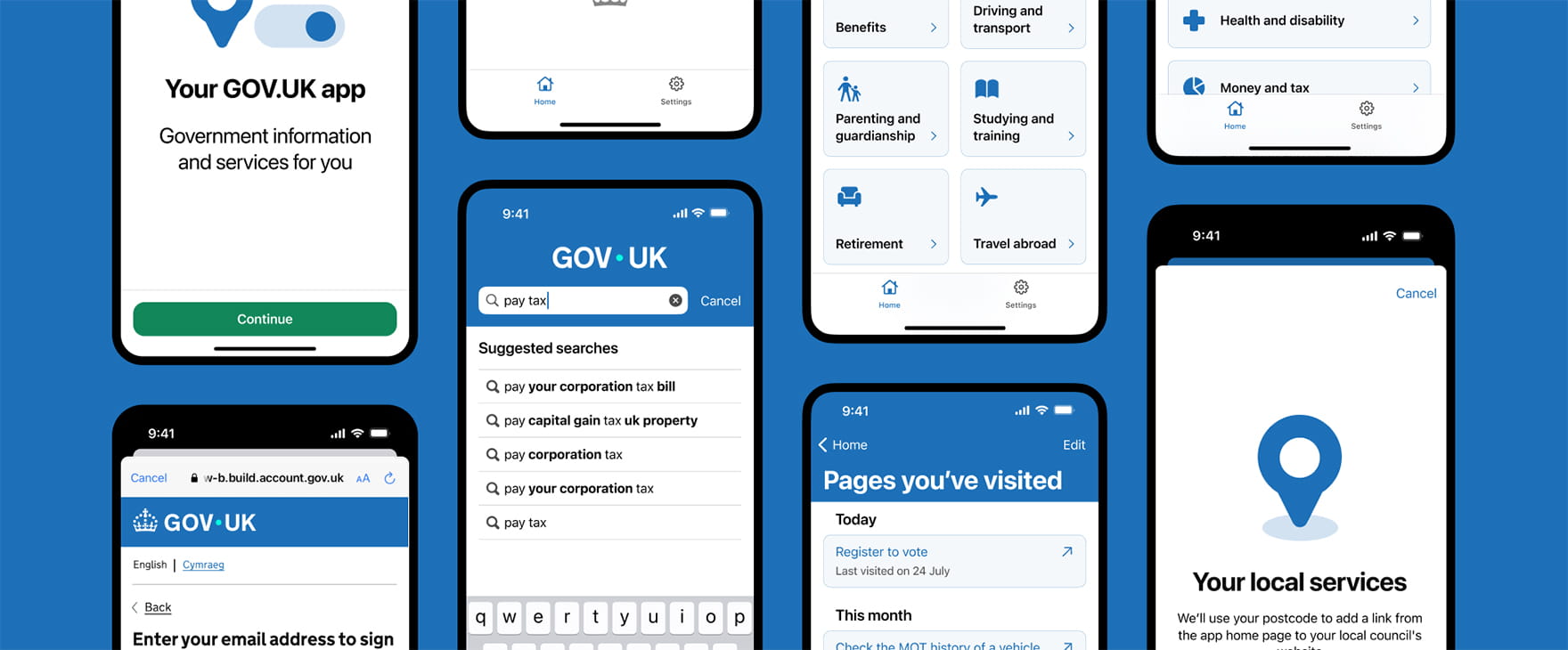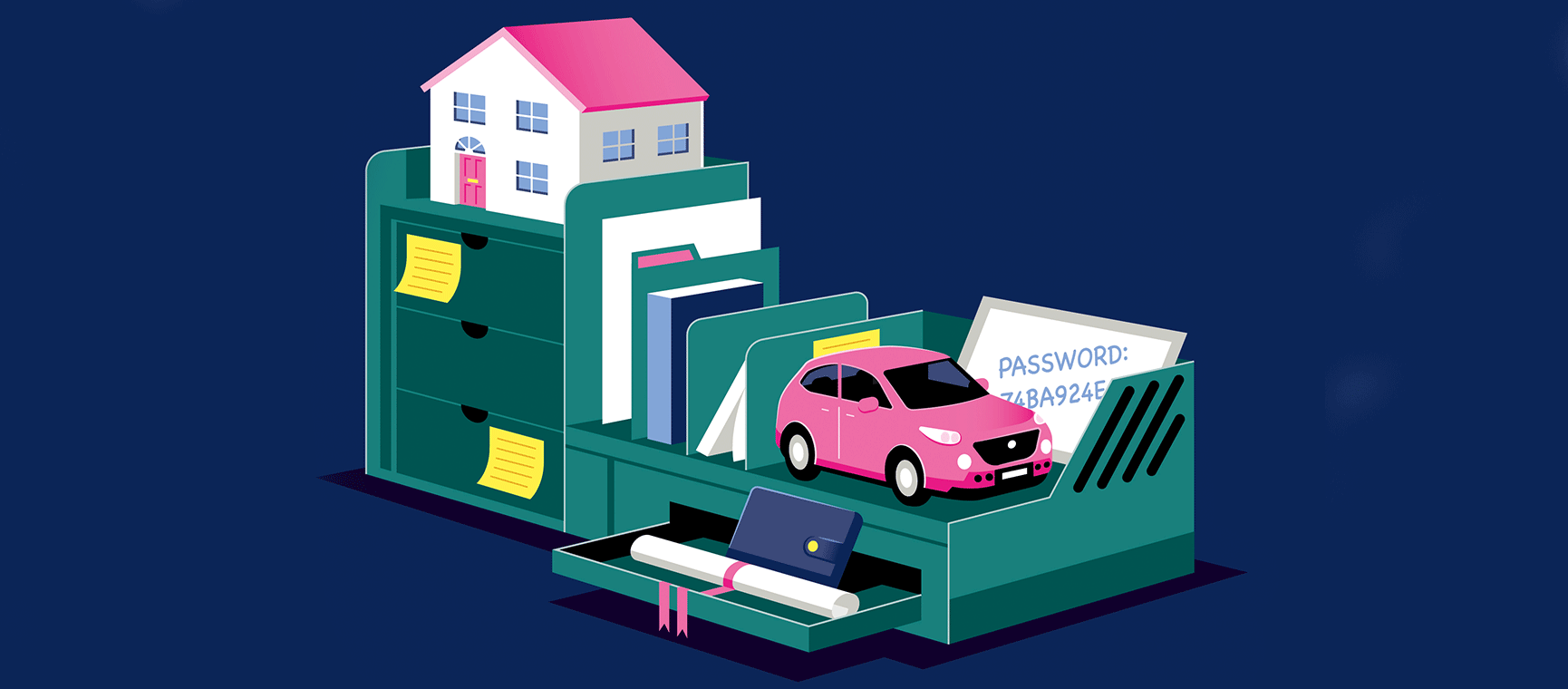Life
Inspirational experiences. Real life insights. The truly exceptional stories that spark a new way of thinking.

Paul Lewis: January money news
Petrol costs will rise and higher taxes on savings are coming, but the protection for money in bank accounts is going up too.

How the weather forecast really works – and which app is the best?
Everything you need to know to choose the best weather app for you.

"His punishment is not enough": Jenni Murray on Ex-Prince Andrew
Our columnist says an early interview with an unhappy Sarah Ferguson made it clear that Randy Andy’s reputation was far from a joke.

I flew in a Spitfire and made a lifelong dream come true
Jeremy Taylor has a lump in his throat as he finds out what its like to fly in Britain’s most iconic aircraft, the Spitfire.

The best electric cars for 2026
The EVs you should consider before the new electric vehicle road tax comes into force.

I have started spying on my wife and I can’t seem to stop
Dr Miriam Stoppard advises a suspicious husband on the best way to put his worries to rest.

Am I being disloyal being in touch with my old flame?
Dr Miriam Stoppard counsels a reader to think hard before trying to rekindle a past romance.

How the Government’s new app will help you – from pensions and retirement, to travel and benefits
The all-in-one service is being hailed as a game changer, but what exactly can it do?

"Dying tidily" - Paul Lewis on the letter that's vital to getting your affairs in order
Besides your will, there's another important document that will help your loved ones after your death.
.jpeg)
Paul Lewis on the pros and cons of annuities

Paul Lewis on poverty in retirement
While many believe the over-65s are living a retirement of luxury, in reality one in six are in poverty. Don’t suffer in silence, our columnist urges.

Jenni Murray: why she has a secret, protective fondness for the Royal Mail
Now that Denmark has closed its postal service, our columnist wonders if the new billionaire owner of the Royal Mail will follow suit?

7 of the best Christmas tech gifts
Ingenious speakers, brilliant earbuds, nifty note takers - our expert picks his top tech gifts.

10 tech gift ideas for Christmas present inspiration
Our top tech tips of Christmas electrical gifts for all ages.
Play our free daily puzzles
Beat the boredom and exercise your mind with our selection of free puzzles.

For a limited time, enjoy 3 issues of Saga Magazine for just £1. Receive the next 3 print editions delivered direct to your door, plus 3 months’ unlimited access to the Saga Magazine app—perfect for reading on the go.
Don’t miss your chance to experience award-winning content at an exceptional price.



